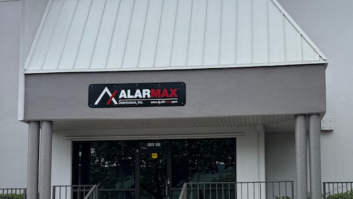Traditional market research attempts to predict consumer behavior by asking consumers what they will do, and/or by making assumptions about their likely behavior based upon how they have answered certain questions.
But there are two additional methodologies available that add to the market researcher’s arsenal, rather than replace existing tools. Each emphasizes what consumers do rather than what they say they will do — or what the researcher assumes they will do — and you should know about both.
The first is Direct Observation Research (DOR). As the name implies, it involves watching consumers while they actually go through a real shopping experience in a real store.
No matter how honest consumers might want to be, in many cases what they say and what they believe they will do will not be the same as what they actually do.
But with DOR, what you see is what you get. It is real behavior not only on the part of the shopper but the salesperson as well and nothing will tell you more about what is right and wrong in this most important encounter than actually seeing and hearing the event first hand.
The primary benefit of DOR is that it allows the researcher to observe and record the interaction between the salesperson and the customer. The downside, however, is that you can only observe what happens. There is, by definition, no opportunity to see what would happen if the customer were to ask a specific question whose answer would, in turn, cause the salesperson to react in a different manner.
To do that, we use Direct Interaction Research (DIR), with contact between the salesperson and an individual who acts as the customer and asks whatever questions are deemed appropriate for the research.
Those of you reading this closely may well conclude that this is no different than sending in a “mystery shopper” or a researcher with a clipboard who notes what they can see and hear. Indeed, that has been and is done even today. But there are important limits to such an approach that, in my opinion, largely negate the value of what comes out. This includes the facts that there is no verbatim record of what has happened and what is reported is filtered to the client who is only told what the researcher can remember.
In the case of most mystery shopping, there was no real purchase; hence, what is observed and reported does not reflect the complete transaction.
New technology allows us to address the first two points. My consultancy, Coyote Insight, employs both methodologies using very small digital cameras and microphones that allow us to visually and audibly record all that occurs during the shopping encounter.
But we also go one step beyond that by actually buying the product that is the subject of the “shop.” While that which leads up to the decision to buy is critical, the purchase is not complete until the retailer has accepted the money and the consumer has left the store with the purchase.
So what do we learn from such work? Well, the most recent purchase was an $1,100 Sony Hi 8 camcorder purchased at a Best Buy in north San Diego County in late April of this year. It involved two different salespeople (the first left for lunch halfway through the discussion) and included extra Hi 8 tapes as well as an extended warranty.
There is no way to share all that we gleaned in that encounter, given the space available in this column (call or email if you want to know more). But I can tell you that the introduction of the second salesperson resulted in an abrupt change of direction in terms of the product being recommended. While the first was steering me towards a $1,500 digital camera, the second suggested the $1,100 product that I ultimately purchased.
Now on the surface, it may appear that the store lost $400, not to mention the cost of the more expensive digital medium that would be required for use in the $1,500 camera. But what you don’t know, which was caught in the recording of this encounter, was the conviction and fact-based arguments used by the second salesperson relative to my needs as a “customer.” His approach was balanced, taking into account not just what the store might want to sell but what I needed, leaving me and all who have viewed that tape confident that he sold me exactly what I needed.
I emphasized those last four words purposely because that rarely is what transpires on the selling floor —which is one of the reasons that a large percentage of consumers are jaded about shopping for CE products. Customer satisfaction is directly related to fulfilling a customer’s needs. Learning what those needs are and then working to meet them is what successful selling — and reselling — is all about.
Bill Matthies is a partner in Coyote Insight and can be reached via e-mail at [email protected] or at (714) 626-0680.













